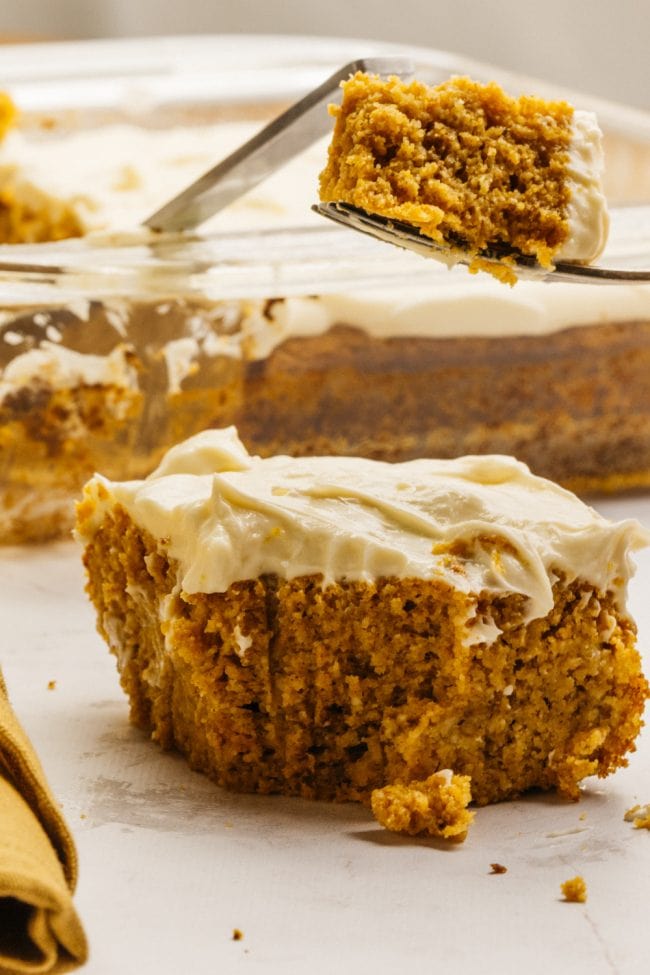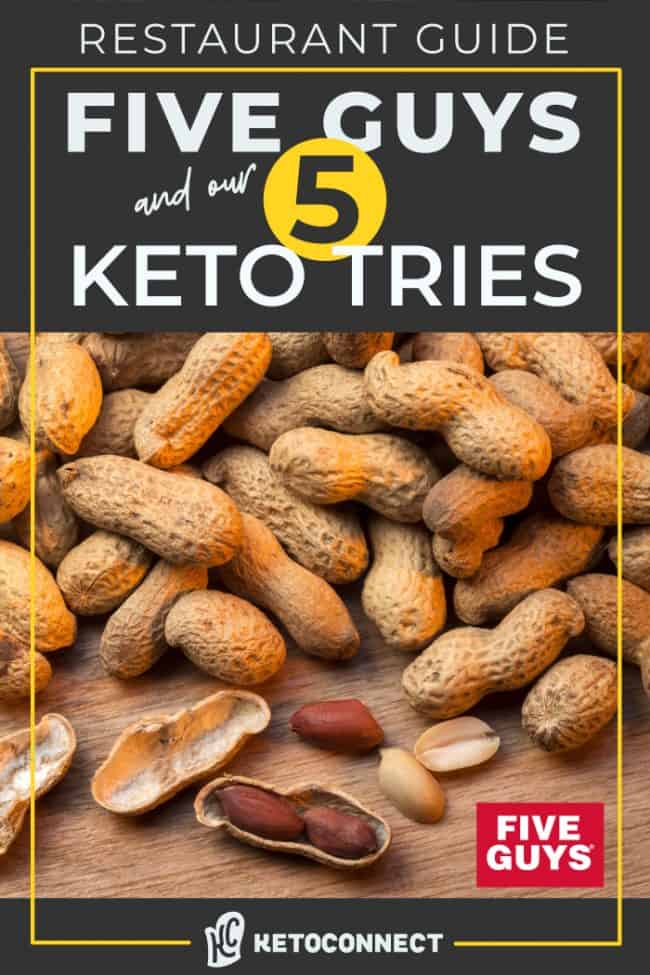Rice is a staple of a wide variety of diets and is very commonly used as both a side and part of main courses. Many people who follow a low-carb lifestyle wonder – can you eat rice on keto?
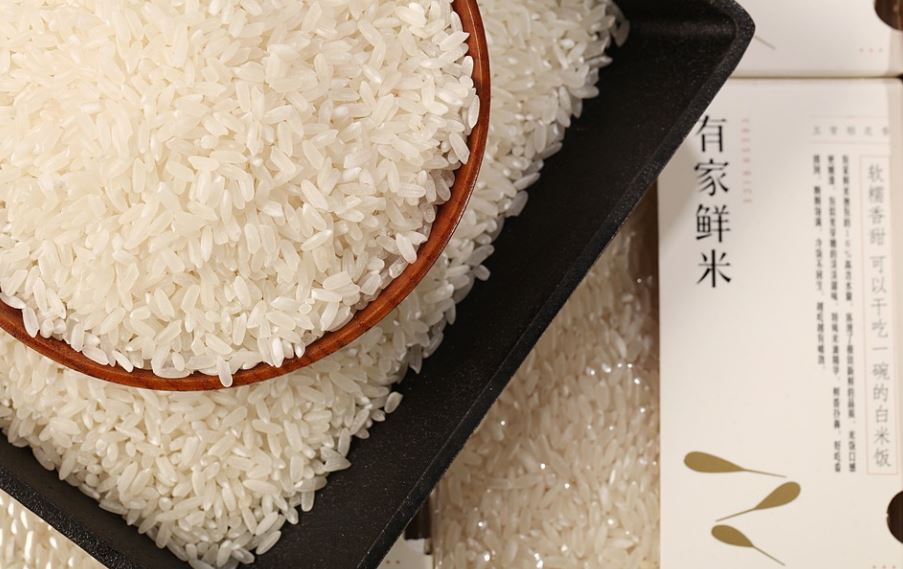
Unfortunately, rice is generally not advisable on a keto diet. However, this is a guideline more than a rule, and there are some exceptions. Ketoers also have some keto-friendly alternatives. Below, we’ll be discussing why rice isn’t ideal for maintaining ketosis, how much rice you could eat on a low-carb diet, and how to substitute this popular starch.
Is Rice Low Carb? Why Isn’t It Keto-Friendly?
The primary reason rice is problematic for those looking to maintain a state of ketosis is that it’s naturally high in carbohydrates. As you likely already know, ketosis is achievable by limiting carbs in your diet and forcing your body to use fat as a fuel source instead.
Since our bodies naturally prefer to default to carbs as a fuel, you risk abandoning your state of ketosis anytime you consume carbs, including rice.
Is Brown Rice Better Than White Rice?
Once ketoers hear that rice isn’t a good food option for maintaining ketosis, the next most common question is whether brown rice is acceptable.
Brown rice being healthier or significantly different than white rice on a nutritional basis is a common misconception in the health and fitness industry. Both options are starchy and are processed by the body in much the same way, especially when it comes to carbohydrates.
White rice contains around 45g of carbohydrates and under 1g of fiber per cup. Brown rice delivers approximately 45g of carbohydrates and 3.5g of fiber per cup.
The fiber in brown rice and other reportedly “healthy” grains is more significant and will make a slight difference in how the food is processed, but a cup still contains more than 40g of carbs, which will pull most people out of ketosis.
What’s the Difference Between Total Carbs and Net Carbs?
This discussion of fiber in brown rice brings us to a distinction between total carbs and net carbs, an important one for keto dieters to understand.
Total carbohydrates, as you might see on a nutrition facts label, identifies all carbs in foods, including sugar, starch, and fiber. This can be a bit misleading because it doesn’t refer to the number of carbohydrates that your body will process or how likely the food is to remove you from ketosis.
The nutrition label breaks down some of the carbs into total sugars and dietary fiber. These numbers, in grams, will never exceed total carbohydrates because they’re included in the total.
Starches — represented by total carbohydrates minus dietary fiber and total sugars — and sugars can be processed by your body and used for energy. These compounds will cause you to fall out of ketosis if consumed in high enough quantities.
However, dietary fiber cannot be processed by your body, so no matter how much you eat, it won’t affect your state of ketogenesis. It may be beneficial to include more fiber in your diet as you age.
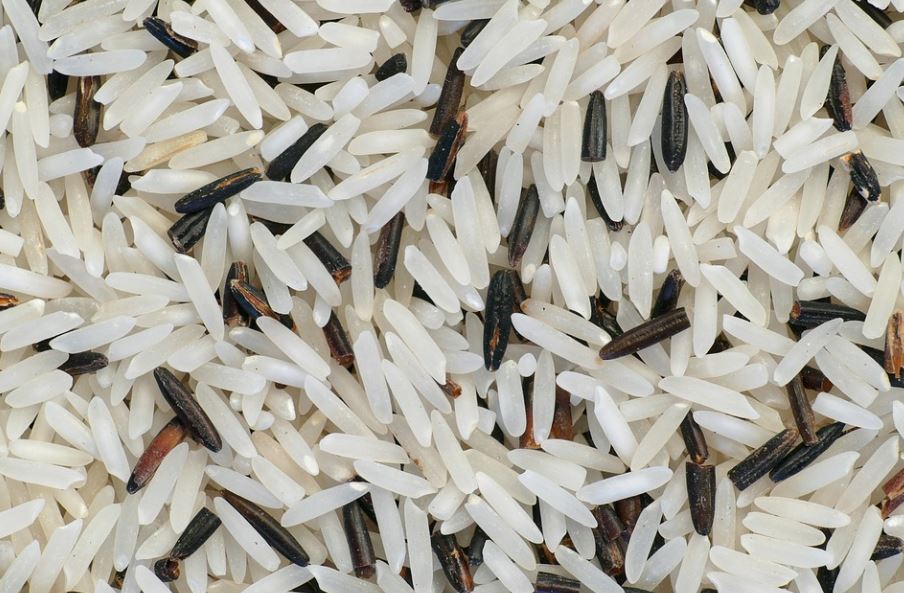
This is partially why brown rice is considered healthier than white rice. You’ll notice that white rice, brown rice, wild rice, and basmati rice all have varying amounts of total carbohydrates and dietary fiber, but all have enough starches to cause your body to fall out of ketosis.
How Much Rice Can I Eat On Keto?
It’s possible to eat small amounts of white or brown rice without dropping out of ketosis, but you’ll need to keep a close eye on your total carbohydrate intake. Most ketoers ingest 20g of carbs or fewer each day to maintain ketosis. This means that a tiny serving of a carb-heavy food, like brown rice, is possible even on a keto diet. The question is: how much?
If you’re a keto dieter who strives for as close to 0g of carbs per day, then rice will likely have no place on your plate. If you aim for 20g of carbs a day, you can safely have about a half cup of rice once daily if that’s your only serving that day.
Everyone is different, and some keto dieters find that they can ingest 50g of carbs a day and still maintain their state of ketosis. If you’re one of these luckier ketoers, a full cup of rice is acceptable on a daily basis, but carbs outside of this should be limited.
Can I Eat Rice Once a Week On Keto?
Removing rice from your diet entirely can be challenging, and many low-carb dieters wonder if enjoying it sparingly is possible on a keto diet. Unfortunately, even adding rice once per week can limit your progress on keto.
Some people find that they need a “cheat day” once a week or once every other week to maintain their psychological well-being, as carbohydrates affect our mood and sometimes even our outlook. If you’re in the cheat day camp, you could somewhat safely have a cup of rice or so once a week, but we recommend using keto test strips to ensure that it doesn’t bring you out of ketosis for too long.
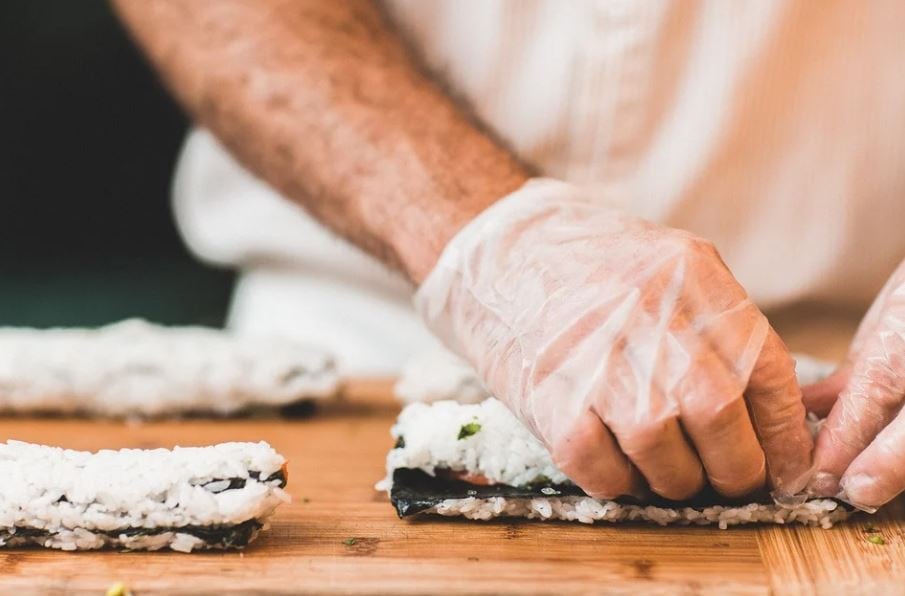
Will Resistant Starch Affect Ketosis?
Resistant starch is a lesser-known type of starch that isn’t processed by our bodies in the same way as rapidly-digested starch or slowly-digested starch. It passes through the small intestine, where most starch is processed and is instead partially digested in the large intestine.
Most importantly, our bodies cannot use resistant starch for energy, so it won’t affect ketosis in most individuals. This is somewhat good news for those keto dieters who find it challenging to keep rice out of their diets.
It’s possible to develop resistant starch in brown or white rice, effectively lowering calories and reducing the net carbohydrates significantly.
How Do You Make Resistant-Starch Rice?
You can make resistant-starch rice quite easily by cooking rice normally and then letting it sit in the fridge overnight before eating it. As cooked rice cools, the carbohydrate chains get longer and more complex, eventually getting to the point where some of it cannot be digested by the human body.
It’s important not to get too excited by this idea because it’s questionable whether or not the reduction in net carbs is significant enough to make resistant-starch rice a viable diet option for ketoers. You should still limit your intake and carefully monitor ketosis with test strips.
What Kind of Rice Can You Eat On Keto? Keto-Friendly Rice Substitutes
If you’re lamenting over the idea of never having a keto-friendly fried rice dish again, don’t worry! Although resistant-starch rice isn’t the best option for a keto diet, there are some alternatives that can satisfy your desire for rice. Cauliflower rice and Miracle Rice are two of the most popular and widely available options, and they can be substituted easily in most rice-based recipes.
Cauliflower Rice
Cauliflower rice is taking the keto world by storm, offering a genuinely low-carb, keto-friendly rice option for anyone on a keto diet.
Cauliflower rice is literally riced cauliflower, which you can either buy preprepared from your local grocery store or make yourself with a head of cauliflower and food processor.
Some keto dieters eat cauliflower rice raw, while others lightly pan fry it or even bake it to give it a more appealing texture. A little salt and pepper go a long way in seasoning your cauliflower rice, and it can be used in a variety of cauliflower rice recipes.
The best part about this keto-friendly option is that a cup of cauliflower rice contains just 28 calories and 2 grams of net carbs. That means if you plan to use cauliflower for all of your carbs for the day and still want to remain under 20g total, you can have about ten cups! Each cup offers some dietary fiber and vitamins as well, so it’s a healthy option all around.
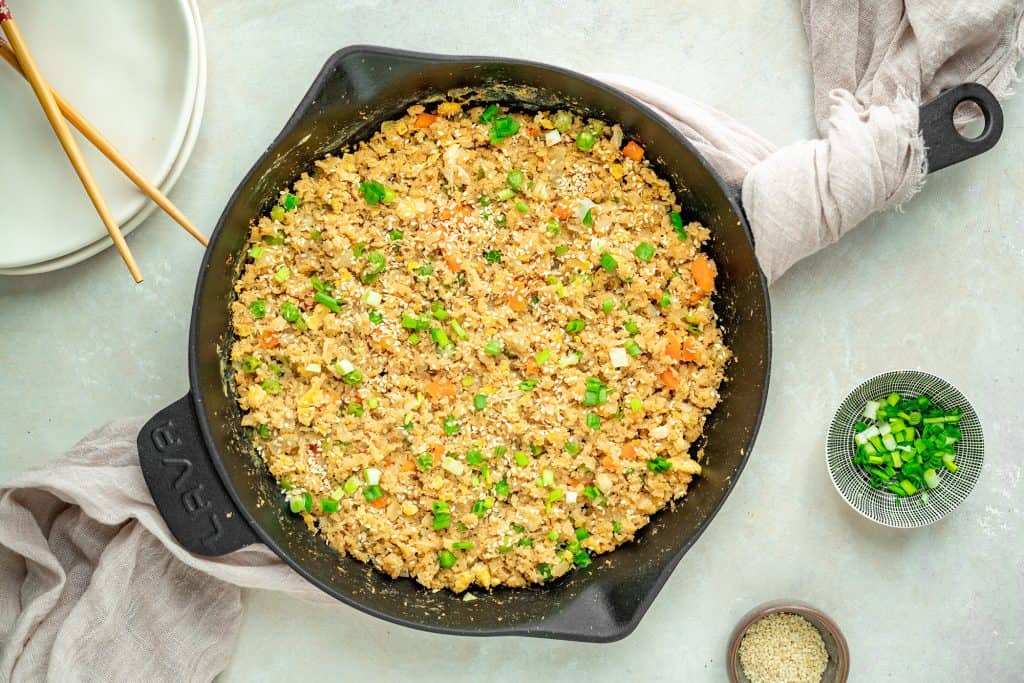
Miracle Rice
Miracle Rice is made by the same company that makes Miracle Pasta. The rice is actually not rice at all but shirataki noodles. These noodles are naturally gluten-free and have ZERO net carbs. That’s right: this no-carb rice has just 10 calories and 0g of net carbs per serving, plus 3g of fiber for gut health.
Many keto dieters describe Miracle Rice as a bit grainy and flavorless, so it’s best to cook these with a keto-friendly sauce for a delicious low-carb recipe. It might take some getting used to if you’re accustomed to having white or brown rice with your meal, but with no net carbs, we think it’s worth it!
Read our Miracle Rice review for more information.
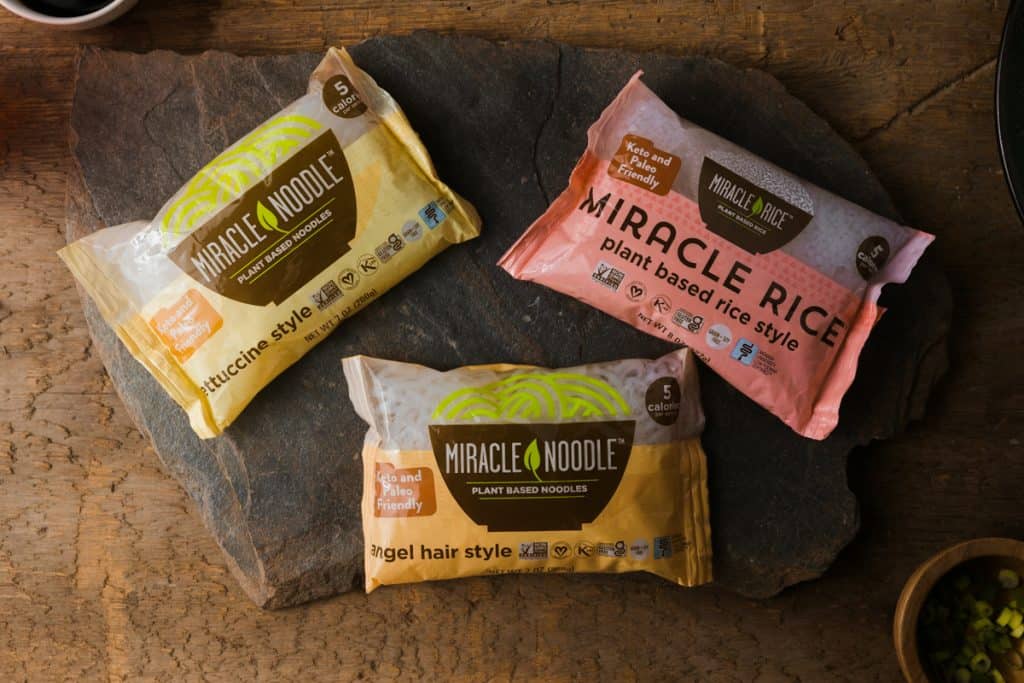
Is __________ Keto?
We have dozens of articles covering specific items and ingredients and if you should include them in your keto diet. Check out a few of the most popular questions.
- Are onions keto?
- How many carbs in popcorn?
- What are the best wines for keto?
- How many carbs in radishes?
- Can you have honey on keto?
- Are lentils keto?
Wrapping Up: Is Rice Okay On a Keto Diet?
As a high-carb food option, rice of any kind — white, brown, wild, and basmati — is usually not advisable on a keto diet. The abundance of carbohydrates will very likely pull you out of ketosis and might slow down any weight loss you’ve been experiencing on keto.
With that being said, you could have rice and just limit your portion to ensure you stay under your carb intake goal for the day. About a half cup of rice will put you at 20g of carbs, so use it in your keto meal plan sparingly.
You can also opt for keto-friendly rice alternatives, like cauliflower rice or Miracle Rice, to satisfy your carb cravings.
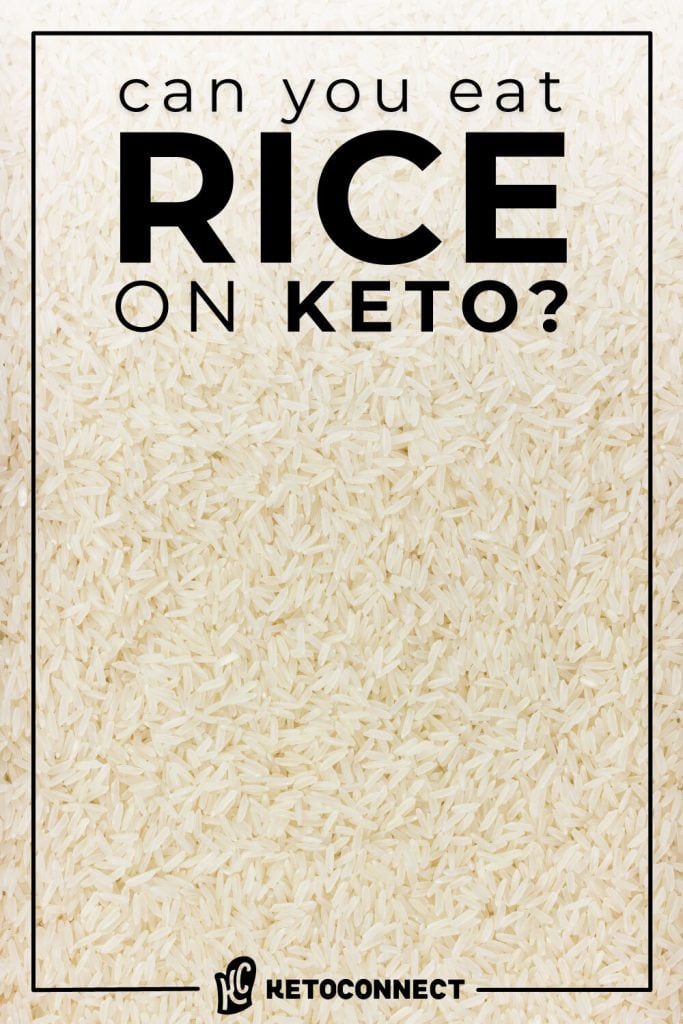
Written by
Matt Gaedke
Matt is a former college basketball player turned computer engineer who discovered his passion for health and nutrition after cutting sugar from his diet in 2016. That year he founded KetoConnect with Megha in order to share their ketogenic lifestyle through recipes, videos, and educational content. Matt is always seeking to grow and try new things, a passion he shares with his wife and two amazing sons.
